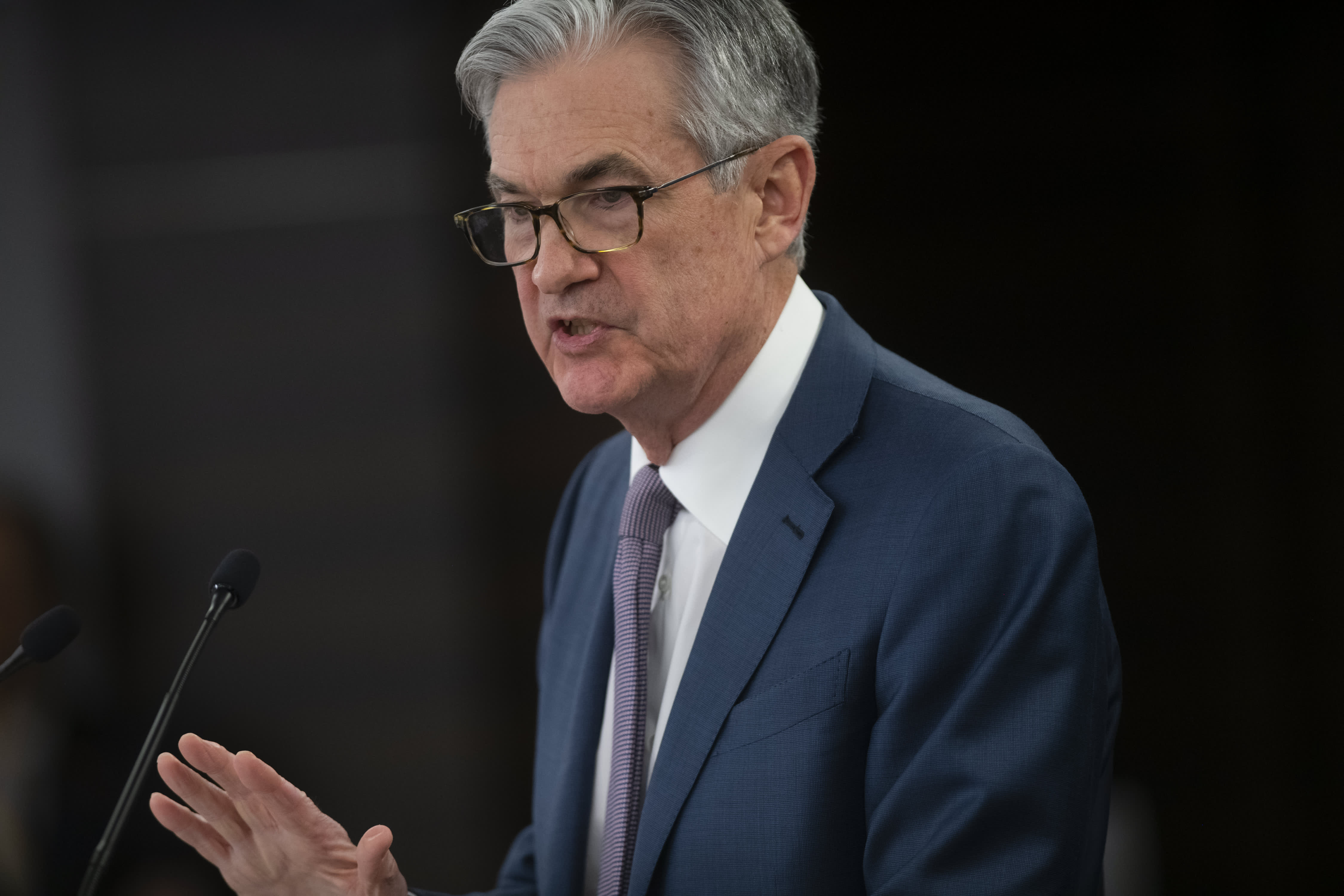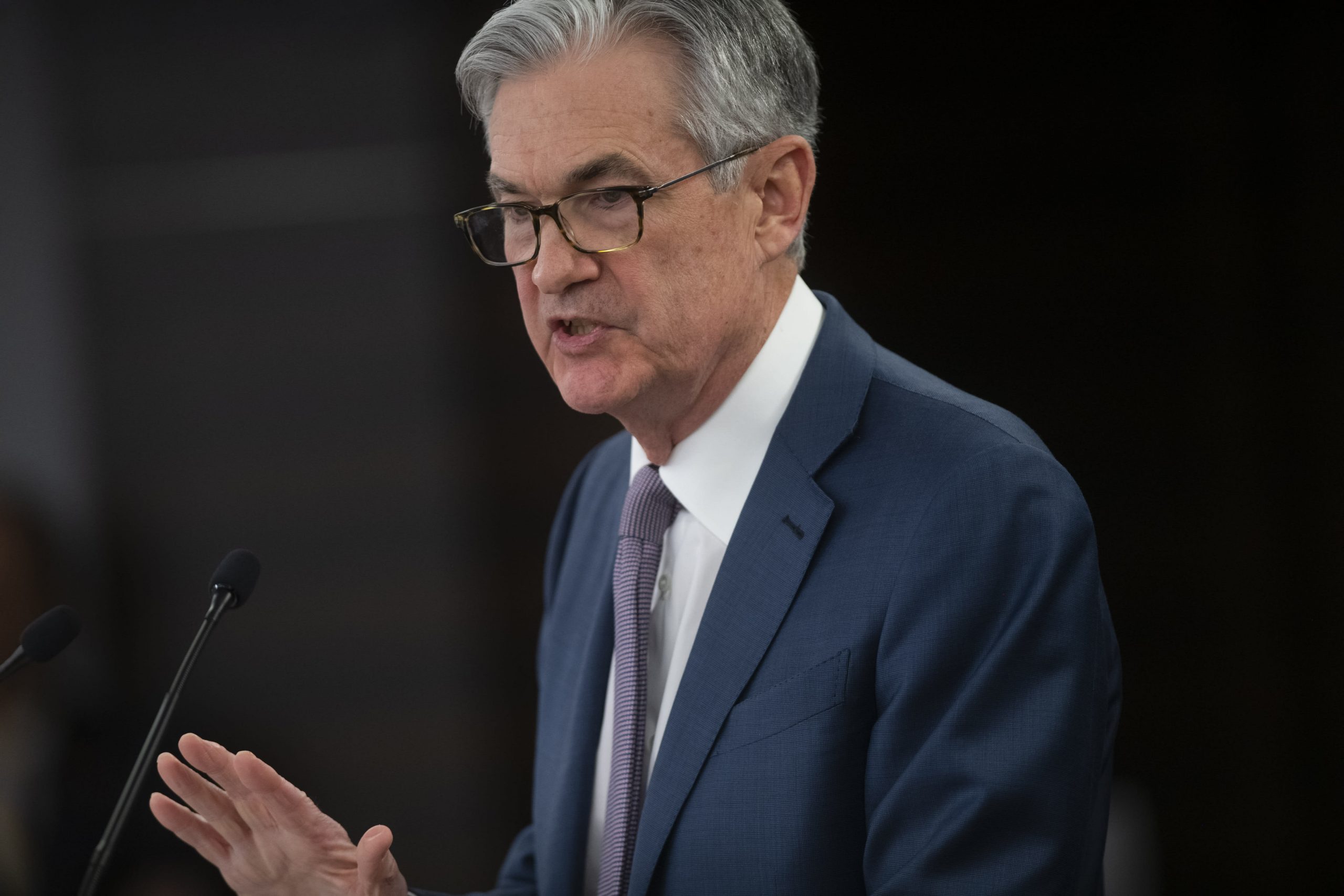
The Fed wants its policies to lift many more boats and go far deeper to get lower-income and underemployed Americans to work, before it pulls back from its easy policy stance.
Fed Chairman Jerome Powell on Thursday announced that the central bank tweaked its inflation policy, indicating it would be willing to allow inflation to run hotter, or rise above its 2% target, while it continues to help the economy. Powell announced the new strategy of an average inflation target at its annual Jackson Hole, Wyoming, symposium.
But economists said the bigger change was Powell’s comments on how the Fed views unemployment relative to inflation, after its experiences in the last recovery when it was raising interest rates and unemployment was below 4%. Powell acknowledged that declines in unemployment in the past led to concerns about rising inflation and prompted the Fed to hike interest rates, but that does not mean the Fed will do that now.
“With regard to the employment side of our mandate, our revised statement emphasizes that maximum employment is a broad-based and inclusive goal. This change reflects our appreciation for the benefits of a strong labor market, particularly for many in low- and moderate-income communities,” Powell said.
The Fed has struggled with low inflation since the financial crisis. Inflation was seldom above target in the past decade.
Diane Swonk, chief economist at Grant Thornton, said the Fed’s comments about inclusiveness have never been so explicit. Powell’s comments come as the stock market’s meteoric recovery to record highs is being held up as evidence of Fed policy helping Wall Street, while 14.5 million people continue to collect state unemployment benefits and millions more are receiving funds from a special pandemic-related federal program.
Swonk said, however, even before the coronavirus pandemic, Powell and the Fed were looking at policy as a way to help the underemployed and poor. They were well aware of widening income inequality, and the fact that traditional policy missed a broad swath of Americans.
“There’s a clear goal for the Fed to be more inclusive. The idea of not only overshooting inflation to engage those on the sidelines and get more inclusive and broad-based and inclusive employment, that’s something I’ve never seen,” said Swonk. “They know what their limits are as well. That’s important. … They are doing absolutely everything they can do to step up their game on this.”
Dallas Fed President Robert Kaplan told CNBC on Thursday that he previously had thought full employment would have been 4.5% or higher, but the last cycle, before the pandemic, convinced him the Fed could reach more people.
“We were able to pull in a whole range of underemployed groups, lower-income groups, Blacks, Hispanics, women with high school educations or less,” Kaplan said. He said this shows the Fed can keep its policies easy while the economy runs hot.
“It highlights the importance of getting underrepresented groups into the workforce and the long-term benefits that can have on income inequality, wealth inequality and having a stronger economy with a stronger labor force,” he said.
On Wall Street, stocks moved higher Thursday, as traders bet the new inflation policy means the Fed’s zero interest rate policy will be in place even longer.
“I think the important message there is entirely away from the impact of what Jay [Powell] had to say on Wall Street. The big issue is the Fed really wants to nurture a strong recovery for Main Street, is putting in place the apparatus for Wall Street to understand that,” said Paul McCulley, adjunct professor at the McDonough School of Business and former Pimco chief economist.
Luke Tilley, chief economist at Wilmington Trust, said the Fed has basically thrown out the old rules on inflation and unemployment, and the emphasis on labor is the bigger shift. “I might be going against the grain of some other people..I really don’t think this is a very big change to what the Fed’s goals are nor the way they will actually operate. But Powell called this a robust update and I think that’s a little more on the labor side,” he said.
Tilley said the Fed’s move to average inflation targeting is something that was evolving. “I think the Fed has always had this as an operating goal. They always acted like this was their goal. But they haven’t convinced markets of it. Markets over time had become convinced that the Fed was biased on the hawkish side,” he said. Fed officials previously have said they would tolerate inflation rising above their target but also below it.
“In some ways when they talked about symmetrical it was about their tolerance for inflation above and below,” he said.
Swonk said the Fed has been frustrated that many of the unemployed did not find work until late in the last expansion. “It was important to explain this, to get more public about this. It explains their goal of making the fruits of the expansion fill more bellies. The problem is, and Powell underscored that you don’t get to harvest those fruits until late in the expansion. He was implicit about saying we can’t do this without help from other things supporting this. It’s a full government, societal effort,” she said.
Swonk said ultimately the financial markets may not respond so well to the policy. “The irony is this is a goal to run the economy until we see an increase in the wage share. Now they’re going to bail out not only until it’s on the right track but reaching more people. The financial markets could take that to the logical conclusion about getting the playing field more level but shifting power back to the hands of workers,” she said.
The Fed’s policy change comes after the most abrupt drop in economic activity in modern history, and its response has been extraordinary and swift.
Stephen Stanley, chief economist at Amherst Pierpont, said the Fed may be making a mistake with its policy change on inflation and it could be stoking new bubbles.
“There are clearly structural reasons for low inflation. Things like globalization and the spread of the Internet. What we do not know is whether these downward inflationary forces are permanent or merely persistent. The Fed has concluded that the structure of the economy has changed,” Stanley said in a note. “It makes more sense to me that there is still some fundamental relationship between inflation and growth and employment, but that inflation has been depressed by long-lasting but still temporary forces. After all, there is a limit to how globalized the economy can become or how much consumer spending is done over the internet. Sure, those trends can go on for a long time, but they are still special factors, not part of the permanent structure of how the economy works.”


 Signal2forex.com - Best Forex robots and signals
Signal2forex.com - Best Forex robots and signals




